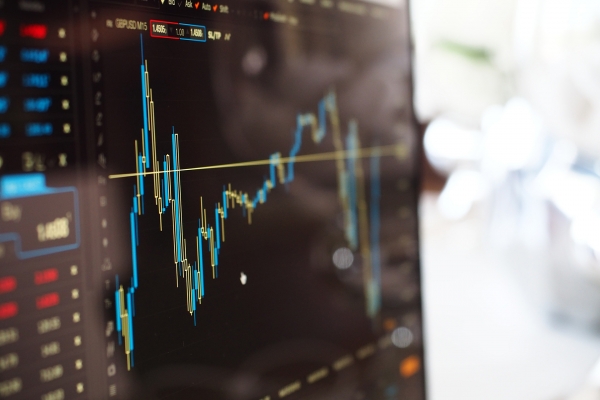Executive Summary
A. GLOBAL ENVIRONMENT
- The year 2016 ends on a moderate pace. Global lead and forward indicators continued to indicate the global economy would end the year 2016 on a moderate note. The IMF’s estimated global growth of 3.1% in 2016 marks the sixth consecutive year of slow growth since 2011 when compared to an average growth of 4.2% in 1998-2007. During the year, we have witnessed periods of volatility in global financial markets and emerging markets’ currencies as inflicted by the ongoing political, policy and economic uncertainties in major advanced economies. In just the last six months, the world has had two “black swan” events (Brexit and Trump’s victory) triggered sharp market reverberations, albeit shortlived.
- Global growth improves but downside risks remain. Growth in G-3 showed some traction, with the United States leading the pack, followed by a moderate growth in eurozone, which defies the gravity of post Brexit’s impact and Japan’s moderate recovery despite the strong yen. China’s economy is in cruising speed, underpinned by continued expansion of private consumption and services.
- Better growth performance in 2017. A slew of high frequency indicators lends credence to the continued expansion of global economy though not that exciting. In a quarterly update to its World Economic Outlook, the International Monetary Fund (IMF) maintained its forecast for global growth of 3.4% in 2017 (3.1% in 2016) and 3.6% for 2018, unchanged from the Fund’s previous forecast in October. The World Bank forecasts global GDP growth to increase by 2.7% in 2017 compared to 2.3% in 2016.
- The Fed sees three interest rate hikes in 2017. The Federal Reserve (Fed) hiked its key interest rate for the second time since Dec 2015 to 0.50-0.75% at end-Dec 2016. Key indicators lend credence to the US recovery is firmly in place to warrant for small rate increases ahead. In 2017, the Fed will have to balance its interest rate hikes between supporting stronger economic growth coming from Trump’s reflationary fiscal stimulus and to tame inflationary expectations. Our base case expects the Fed’s interest rates to reach 1.25-1.50% at end-2017.
- Headwinds outweigh tailwinds in 2017. 2017 will be yet another challenging year for the world economy. The shaping of Trump’s economic plans and the intended impact on the US economy as well as the calibration of the Fed’s monetary policy, including its forward guidance on interest rates would remain in high focus. Other key events and developments to watch are the political outcomes of some major European countries (France, Germany and Netherland) that will be having their national or Presidential elections as well as the lingering unresolved issues associated with post Brexit. Investors will still be paying close attention to China not only about its growth trajectory but also growing concerns about its high debt exposure as well as the direction of Chinese renminbi as Trump has labelled China as a currency manipulator.






